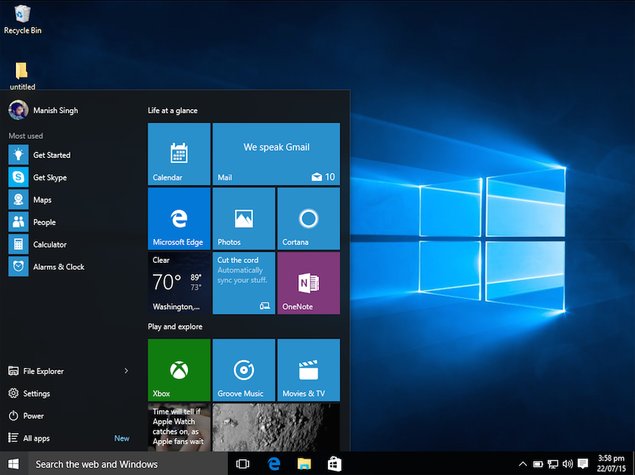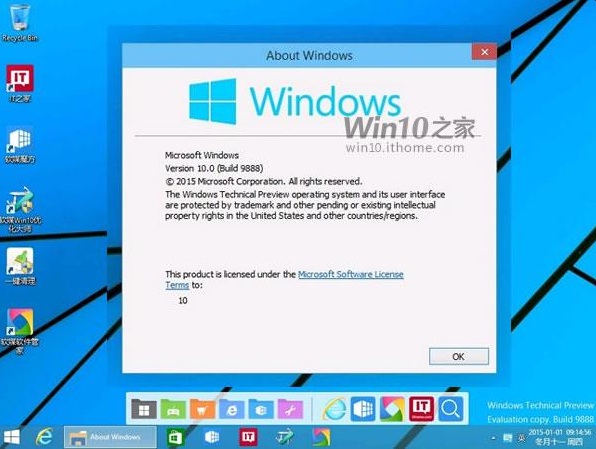
- WINDOWS 8 HIDE ICONS LIKE WINDOWS 10 HOW TO
- WINDOWS 8 HIDE ICONS LIKE WINDOWS 10 FULL
- WINDOWS 8 HIDE ICONS LIKE WINDOWS 10 PORTABLE
- WINDOWS 8 HIDE ICONS LIKE WINDOWS 10 PC
- WINDOWS 8 HIDE ICONS LIKE WINDOWS 10 WINDOWS 8
Or, it can be used to search within individual apps.
WINDOWS 8 HIDE ICONS LIKE WINDOWS 10 PC
As a context-sensitive Charm, Search can be used to trigger a search for desktop applications and Metro-style apps, PC settings and control panels, or files. This Charm provides a front-end for the system-wide Search functionality and the underlying Search contract. The following Charms are available in Windows 8. I’ll be writing more about contracts, and the individual charms, in future Feature Focus articles.
WINDOWS 8 HIDE ICONS LIKE WINDOWS 10 WINDOWS 8
(That is, these Charms will trigger different functionality depending on what you’re currently doing in Windows 8.) Contracts are essentially a way for the isolated, or sandboxed, Metro-style apps in Windows 8 to interact with each other, using software-based transactions in which the source app (the originator of the contract) and the target app (the app that completes the contract) know nothing about one another. Some of the Charms are related to a new system capability called contracts and are thus context-sensitive. You can now access any of the individual charms normally. As you do, the Charms will fully materialize in their normal, opaque version. Once the transparent version of the Charms appear, move the mouse cursor down (or up) the right edge of the screen towards the center right of the screen. When you do, a transparent version of the Charms appear, giving you a chance to complete the Charms invocation action as described below or do something else. To do so, move the mouse cursor into the upper right or lower right corner of the screen.
WINDOWS 8 HIDE ICONS LIKE WINDOWS 10 FULL
Mouse: The mouse-based approach is the most complex of the three invocation methods because it relies on “hot corners” whose use could obscure underlying user interfaces, such as the Peek button on the desktop or the scrollbars of a full screen application. Keyboard: Type WINKEY + C (where “C” = “Charms”). Touch: Swipe in from the right edge of the screen. There are methods for invoking the Charms using each of the three top-level supported input types, two of three, at least, are easy to remember and use:

The Charms are hidden until the user needs them.
WINDOWS 8 HIDE ICONS LIKE WINDOWS 10 PORTABLE
This non-interactive interface provides the time, date, and notification icons for the network and, on a portable device, the battery state (plugged in/charging or draining). When you invoke the Charms, a separate overlay appears near the bottom left of the screen. Not coincidentally, the Charms in Windows 8 signify important things in the operating system. On that type of jewelry, charms are seen as signifying important things in one’s life. Secret: Charms is so named because its various icons resemble charms one would see on a charm bracelet. Its purpose is to provide quick access to several commonly-needed features, including search, sharing, the Start screen, hardware devices, and settings. The Charms, or the Charms bar as its often called, refers to an opaque overlay that appears on the right side of the screen (or, on a multi-screen PC, the primary screen) when summoned. And the most important of these interfaces, by far, is the Charms. Key among these is learning the new user interfaces that are available system-wide, from the Start screen, the desktop, and in all Metro-style apps.


In the File Explorer window that opens, click “View” in the menu bar and select “Options” in the toolbar below.While befuddled new Windows 8 users certainly have a lot on their plate when it comes to using this operating system version, I have a few tips about getting up to speed quickly. To do so, open File Explorer by pressing Windows+E, or by opening the Start menu, typing “This PC,” and hitting Enter. You can use this option to hide specific non-system desktop items, but you’ll need to prevent File Explorer from showing hidden files first. The item will continue to exist, but it won’t show up in any of your File Explorer windows, including your desktop. When you enable this option, the selected item will disappear from File Explorer. Luckily, Windows allows you to set any file or folder as “Hidden” with a check box in the item’s “Properties” window. If you want to hide a non-system icon on your desktop, things get a little more tricky.
WINDOWS 8 HIDE ICONS LIKE WINDOWS 10 HOW TO
RELATED: Restore Missing Desktop Icons in Windows 7, 8, or 10 How to Hide Non-System Desktop Icons Check the boxes beside any icons that you want to show.Ĭlick “OK” to save your changes, and you’ll see the results reflected on your desktop instantly. If you want to hide or show one of these, open Settings and navigate to Personalization > Themes > Desktop Icon Settings.


 0 kommentar(er)
0 kommentar(er)
